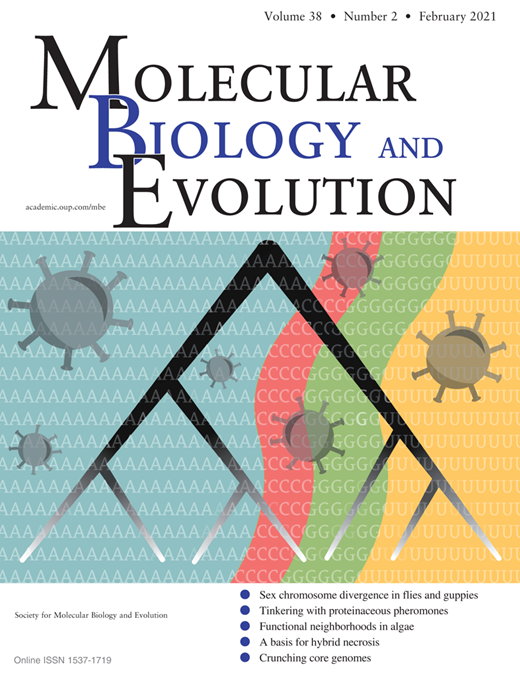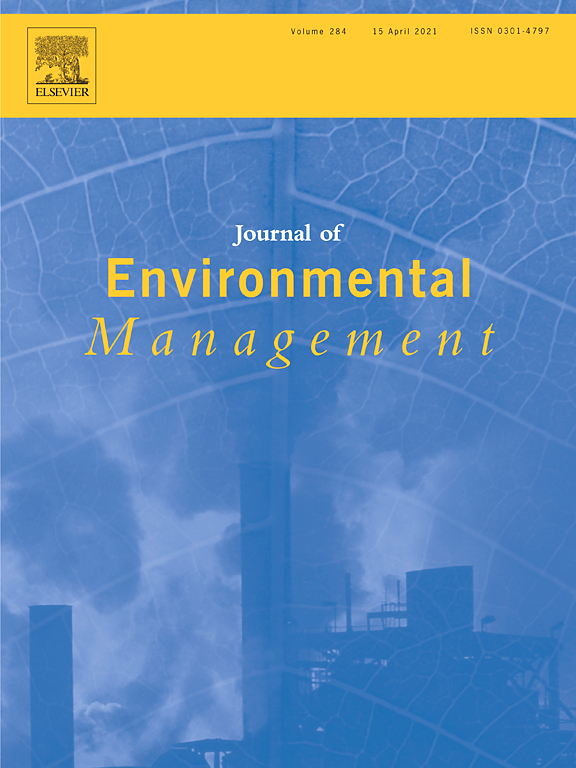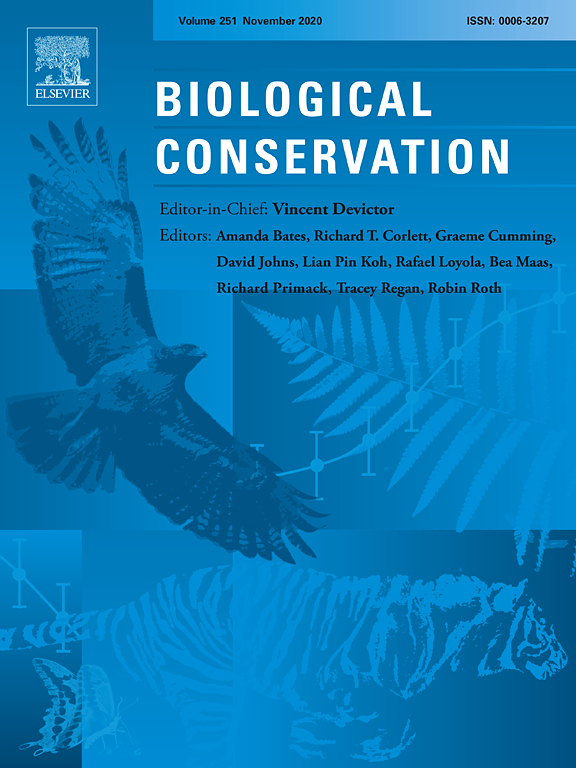- Department:(Dept. 4) Fish Biology, Fisheries and Aquaculture
The mole genome reveals regulatory rearrangements associated with adaptive intersexuality
Female moles not only have ovarian, but also testicular tissue that produces male sex hormones – which lets them diverge from the categorization into two sexes. A team led by Berlin researchers Stefan Mundlos and Darío Lupiáñez describes which genetic modifications contribute to this singular development.
An unbiased molecular approach using 3′-UTRs resolves the Avian Family-Level tree of life
The authors have investigated the relationship of bird families. For the first time, they have been able to clarify the relationship of all families of non-passerine birds and almost all families of passerine birds by transcriptomic data. The new family tree is based on gene sections (3‘‑UTRs) that do not code for proteins, but contain sequences that are specific to the families and their genera.
The battle between harvest and natural selection creates small and shy fish
Fishing primarily removes larger and more active fish from populations. It thus acts as a selection factor that favours shy fish, as this study led by IGB shows.
How much habitat does a river need?: a spatially-explicit population dynamics model to assess ratios of ontogenetical habitat needs
The authors used a spatially explicit population dynamics model for the barbel to investigate the functional dependencies of sub-habitats. They showed that revitalising only spawning or only juvenile habitats is not effective; the functional unit and a minimum size of habitats are essential. The model helps to predict the revitalisation success on the basis of the size.

Global participation in and public attitudes toward recreational fishing: international perspectives and developments
The literature on global trends in recreational fishing, the determinants of participation and its social embedding in the public eye are reviewed across the world. In western countries, a sustained shift in public values from anthropocentric to more biocentric viewpoints is documented. This shift elevates biodiversity conservation toward a key goal of contemporary fisheries management.
Phenol-rich fulvic acid as a water additive enhances growth, reduces stress, and stimulates the immune system of fish in aquaculture
The study showed that immunostimulation via gills is possible with fulvic acid, and the high phenolic content improved overall health and stress resistance of fish.
Parasite infection disrupts escape behaviours in fish shoals
The authors show that three-spined stickleback infected with tapeworm Schistocephalus solidus can disrupt the transmission of flight responses within a shoal, thereby not only increasing their own predation risk but also that of their uninfected shoal members. The study uncovers a potentially far-reaching fitness consequence of grouping with infected individuals.
The combined effects of climate change and river fragmentation on the distribution of Andean Amazon fishes
Combining species distribution models and functional traits of Andean Amazon fishes, coupled with dam locations and climatic projections, the authors evaluated the potential impacts of future climate on species ranges, investigated the combined impact of river fragmentation and climate change and tested the relationships between these impacts and species functional traits.
On the conservation value of historic canals for aquatic ecosystems
The authors reviewed ecological studies in historic canal systems, examined the potential of historic canals to contribute to aquatic biodiversity conservation, and provided suggestions to promote biodiversity conservation given the opportunities and challenges in canal management (e.g., nature conservation vs historic preservation).
The role of connectivity in the interplay between climate change and the spread of alien fish in a large Mediterranean river
Dams exacerbate the consequences of climate change on river fish: A potential response of river fish to environmental changes is to colonise new habitats. Dams restrict the habitats of fish, but do not necessarily prevent the spread of invasive species, as Johannes Radinger and his team found.









